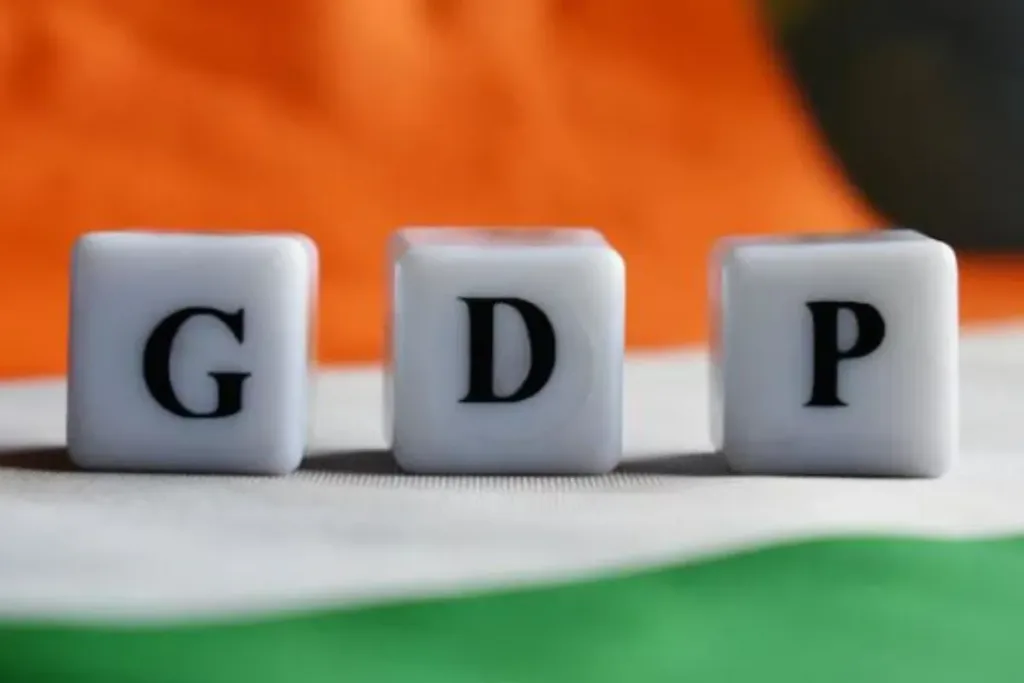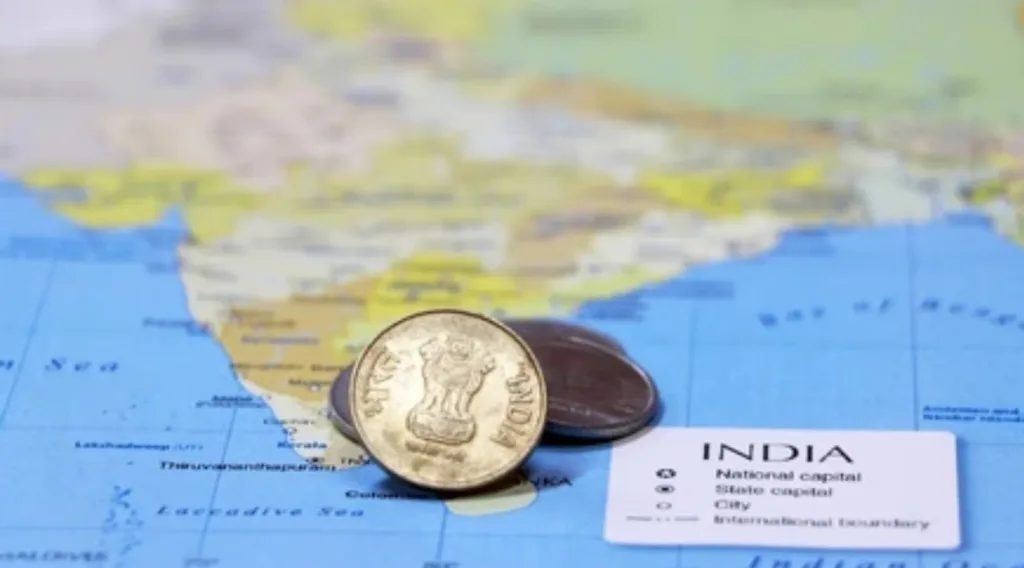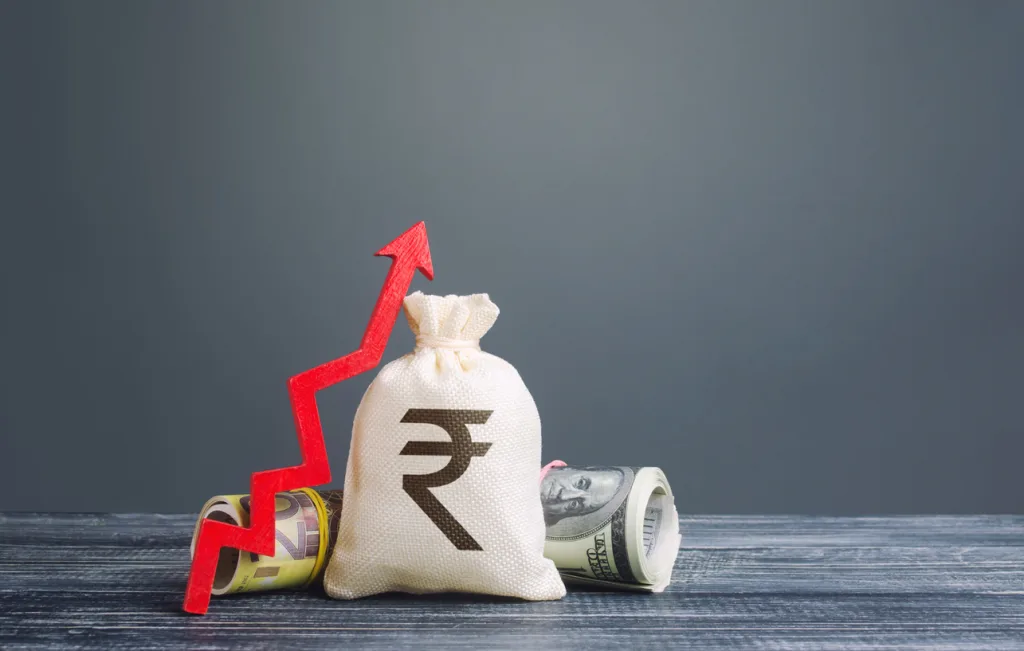India’s economic story is not just about national growth figures but the fascinating tale of regional prosperity that varies dramatically across its diverse states and union territories. When we examine GDP per capita – a critical indicator that measures the average economic output per person – we discover a compelling narrative of economic inequality, resource distribution, and developmental priorities that shape the nation’s future. The latest data from the Reserve Bank of India reveals striking disparities that tell the story of India’s uneven economic development, where some states achieve prosperity levels comparable to middle-income countries while others lag significantly behind.
This comprehensive analysis explores the top-performing states and territories, examining what drives their economic success and what lessons can be learned for balanced national development. Understanding these patterns is crucial for policymakers, investors, and citizens alike as India continues its journey toward becoming a developed economy by 2047.
Table of Contents
Which Indian States Have the Highest GDP Per Capita in 2025?
Sikkim stands as India’s wealthiest state in terms of GDP per capita, achieving an impressive ₹5,87,743 per person in 2023-24, according to the latest Reserve Bank of India data. This remarkable figure places the small Himalayan state at the pinnacle of India’s economic prosperity rankings, demonstrating that economic success is not always about size but rather about efficient resource utilization and strategic development.

Following Sikkim in the prosperity rankings, Goa secures the second position with a GDP per capita of ₹4,92,648, while Delhi, the national capital territory, holds the third spot with ₹4,61,910 per person. These figures represent a fascinating economic reality where smaller states and union territories often outperform their larger counterparts in terms of individual prosperity metrics.
The fourth position is occupied by Chandigarh with ₹3,99,654 per capita, followed by Telangana at ₹3,56,564, showcasing how both union territories and newly formed states can achieve remarkable economic growth. Karnataka, India’s technology hub, secures the sixth position with ₹3,32,926, while Haryana follows closely with ₹3,25,759 per person.
Top 10 Highest GDP Per Capita States and Union Territories
| Rank | State/UT | GDP Per Capita 2023-24 (₹) | GDP Per Capita 2022-23 (₹) |
|---|---|---|---|
| 1 | Sikkim | 5,87,743 | 5,20,466 |
| 2 | Goa | 4,92,648* | 4,92,648 |
| 3 | Delhi | 4,61,910 | 4,30,120 |
| 4 | Chandigarh | 3,99,654* | 3,99,654 |
| 5 | Telangana | 3,56,564 | 3,12,522 |
| 6 | Karnataka | 3,32,926 | 3,04,474 |
| 7 | Haryana | 3,25,759 | 2,96,592 |
| 8 | Tamil Nadu | 3,15,220 | 2,77,802 |
| 9 | Gujarat | 2,72,451* | 2,72,451 |
| 10 | Andaman & Nicobar | 2,58,151* | 2,58,151 |
*Data for 2023-24 not available; 2022-23 figures used
Understanding the Economic Success Stories
Sikkim’s Remarkable Achievement
Sikkim’s position at the top of India’s GDP per capita rankings represents one of the most remarkable economic success stories in the country. Despite being India’s second-smallest state by population, Sikkim has leveraged its strategic location, tourism potential, and sustainable development policies to create exceptional per-capita wealth. The state’s focus on organic farming, eco-tourism, and sustainable development has created a unique economic model that other states can learn from.

The state’s impressive growth from ₹5,20,466 to ₹5,87,743 between 2022-23 and 2023-24 demonstrates continued economic momentum. This growth trajectory positions Sikkim not just as India’s wealthiest state per capita but as a model for sustainable development that balances economic growth with environmental conservation.
Goa’s Tourism-Driven Prosperity
Goa’s second-place ranking reflects the state’s successful transformation from a former Portuguese colony to India’s premier tourism destination. The state’s economy thrives on a unique combination of tourism revenue, mining activities, and a growing services sector. Goa’s small size and focused development strategy have enabled it to maintain high per-capita income levels that rival international destinations.
The state’s GDP per capita of ₹4,92,648 represents the success of specialization in high-value economic activities. Goa’s approach demonstrates how states can leverage their unique assets – in this case, coastal beauty, cultural heritage, and strategic location – to achieve disproportionate economic success.

Delhi’s Urban Economic Powerhouse
Delhi’s third-place position with a GDP per capita of ₹4,61,910 showcases the economic advantages of being India’s political and administrative capital. The union territory benefits from concentrated government spending, corporate headquarters, and a thriving services sector that includes everything from financial services to technology companies.
The growth from ₹4,30,120 to ₹4,61,910 reflects Delhi’s continued economic expansion despite challenges such as pollution and urban overcrowding. The capital’s economic success demonstrates how strategic location, infrastructure investment, and administrative advantages can drive exceptional per-capita income growth.
The Economic Divide: Lessons from the Data
The GDP per capita data reveals a stark economic divide within India, with the richest state (Sikkim) having nearly ten times the per-capita income of the poorest state (Bihar at ₹60,337). This disparity highlights the challenges of achieving balanced regional development in a country as diverse as India.

States like Telangana, Karnataka, and Tamil Nadu represent the new economy success stories, where technology, services, and modern manufacturing have driven economic growth. These states have successfully transitioned from traditional agriculture-based economies to diversified, high-value economic structures.
The presence of multiple union territories in the top rankings – Delhi, Chandigarh, and Andaman & Nicobar Islands – suggests that smaller administrative units with focused governance can achieve superior economic outcomes. This pattern raises important questions about optimal state size and administrative efficiency in driving economic development.
Regional Economic Patterns and Implications
The geographic distribution of high GDP per capita states reveals interesting patterns about India’s economic development. Southern and western states dominate the upper rankings, while traditional industrial states like Maharashtra rank lower due to their large populations despite having high absolute GDP figures.
The success of states like Haryana and Punjab in achieving high per-capita incomes demonstrates the continued importance of agriculture and allied sectors when managed efficiently. These states have successfully leveraged their agricultural advantages while diversifying into manufacturing and services.
Factors Driving High GDP Per Capita Performance
Strategic Location and Infrastructure
States with the highest GDP per capita share common characteristics that drive their economic success. Strategic location plays a crucial role, with states like Delhi and Chandigarh benefiting from their positions as administrative centers, while Goa leverages its coastal location for tourism. Infrastructure development, including transportation networks, power supply, and telecommunications, forms the backbone of economic prosperity in these regions.
Industry Diversification and Specialization
Successful states have either diversified their economic base or specialized in high-value sectors. Karnataka’s focus on information technology, Tamil Nadu’s automotive and textile industries, and Telangana’s pharmaceutical and biotech sectors demonstrate how strategic sector development can drive exceptional growth. This specialization allows states to command premium prices for their products and services in national and international markets.
Governance and Policy Framework
Effective governance emerges as a critical factor distinguishing high-performing states. States like Sikkim have implemented sustainable development policies, while others have created business-friendly environments that attract investment. The smaller size of many top-performing states and union territories suggests that focused governance and policy implementation become more effective in smaller administrative units.
Economic Implications and Future Outlook
The GDP per capita rankings have significant implications for India’s overall economic development strategy. The success of smaller states and union territories suggests that administrative efficiency and focused development can overcome traditional disadvantages of scale. This insight could inform discussions about state reorganization and administrative reforms.
The concentration of economic prosperity in specific regions also highlights the need for targeted development policies to address regional imbalances. States with lower GDP per capita require different strategies compared to those already achieving high prosperity levels.
Read More: Suzuki Alto 2025: Advanced Safety Tech + 28.2 km/l Fuel Economy
Frequently Asked Questions
Q: Why does Sikkim have the highest GDP per capita despite being a small state?
Sikkim’s exceptional GDP per capita of ₹5,87,743 results from several unique factors that demonstrate how small states can achieve disproportionate economic success. The state has strategically leveraged its pristine natural environment to develop high-value eco-tourism that attracts both domestic and international visitors willing to pay premium prices.
Additionally, Sikkim has become India’s first fully organic state, commanding premium prices for its agricultural products in national and international markets. The state’s small population of approximately 650,000 people means that economic benefits are distributed among fewer individuals, naturally boosting per-capita figures. Furthermore, Sikkim’s strategic location on the India-China border has led to significant infrastructure investments and administrative advantages that contribute to its economic prosperity.
Q: How do union territories like Delhi and Chandigarh achieve such high GDP per capita?
Union territories consistently rank among India’s highest GDP per capita regions due to their unique administrative and economic advantages. Delhi, as the national capital, benefits from concentrated government spending, hosting numerous corporate headquarters, and serving as the center for political and administrative activities that generate high-value economic output.
The city’s role as a major services hub, including financial services, consulting, and technology, contributes significantly to its ₹4,61,910 per capita income. Similarly, Chandigarh, serving as the capital for both Punjab and Haryana, enjoys administrative advantages and planned development that has created a high-quality urban environment attractive to businesses and skilled professionals. These union territories also benefit from focused governance, better infrastructure, and strategic planning that larger states often struggle to implement uniformly across their territories.








